Zoos are home to dangerous animals and for this reason they have a moral and legal obligation to protect the community and visitors. All zoos carry out semi-annual training in response to various animal escape scenarios. But zoos in Japan often take their drills a step further, staging elaborate dry runs by using costumed zookeepers as fugitive animals. The skits can seem silly at times but are rooted in an alarming, real-life incident that took place in Tokyo almost 90 years ago.
advertisement
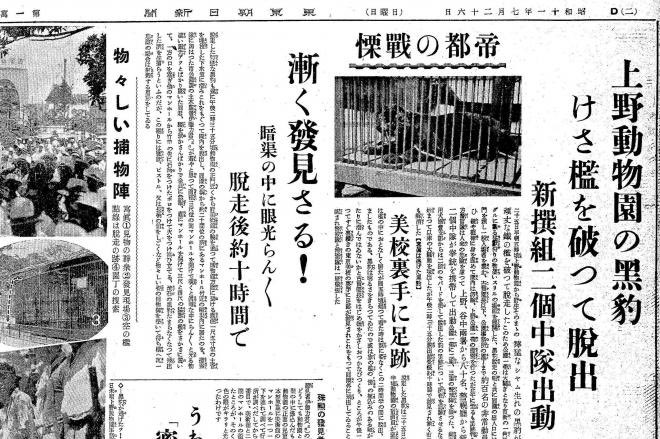
The Mainichi Shimbun reported the incident the following morning
It was the summer of 1936. And despite being only halfway through the year, Japan had already been gripped with fear from an attempted coup d’état in February, followed by a sensational murder in May, which also involved a severed penis. It was a lot and people just wanted to relax, perhaps by enjoying a fun day at the zoo. But it was an incident at Tokyo’s Ueno Zoo that would round out what became known as the ‘three major incidents of 1936’.
On July 25th a black panther escaped from its cage during the night. The panther had just arrived from Thailand 3 months earlier and was known for its aggressive behavior. The entire Ueno neighborhood in Tokyo went into lockdown and 80 police officers and firefighters were mobilized after zoo officials concluded the animal had escaped beyond the zoo.
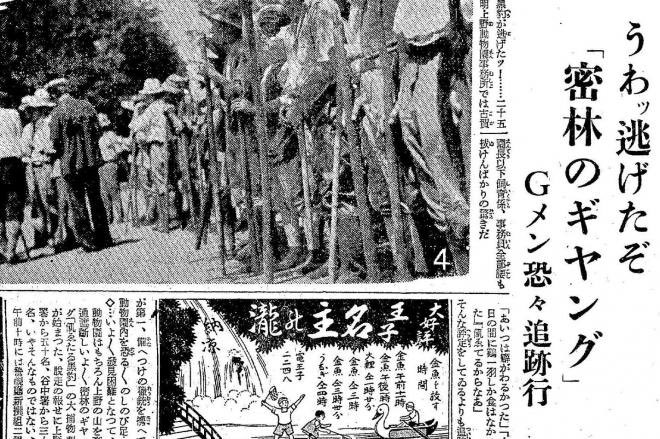
a rather sensational headline reads “Oh No! ‘Jungle Gang Member’ Escapes”
Multiple search parties combed the zoo and neighborhood. After several hours they eventually located the panther, who had escaped into the sewer and was found lurking under a manhole cover. So far no one had been hurt but now came the dangerous task of extracting and capturing it.
According to original reports, they came up with a plan called the “tokoroten strategy” which involved going into the sewer with a shield the size of the passageway and slowly inching forward to squeeze the panther out. A cage would be placed over the manhole cover. The problem, however, was no one wanted the job of squeezing the panther out.
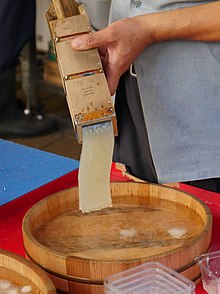
Tokoroten is a cold noodle dish made from kanten, a gelatinous substance made from seaweed. The noodles are “cut” using a specific tool that pushes the kanten through small holes.
Eventually a man named Kunitaro Harada, who worked in the zoo’s boiler room, volunteered. A former sumo wrestler, Harada was a burly man who said he was ready to take on the panther 1-on-1 but later admitted in an interview that he was terrified.
The tokoroten strategy was a success and the team managed to capture the panther alive. But ever since that incident, and the chaos the ensued, a process was put in place to train for such scenarios. So if you are like us and enjoy watching Japanese animal escape drills, you know who to thank.
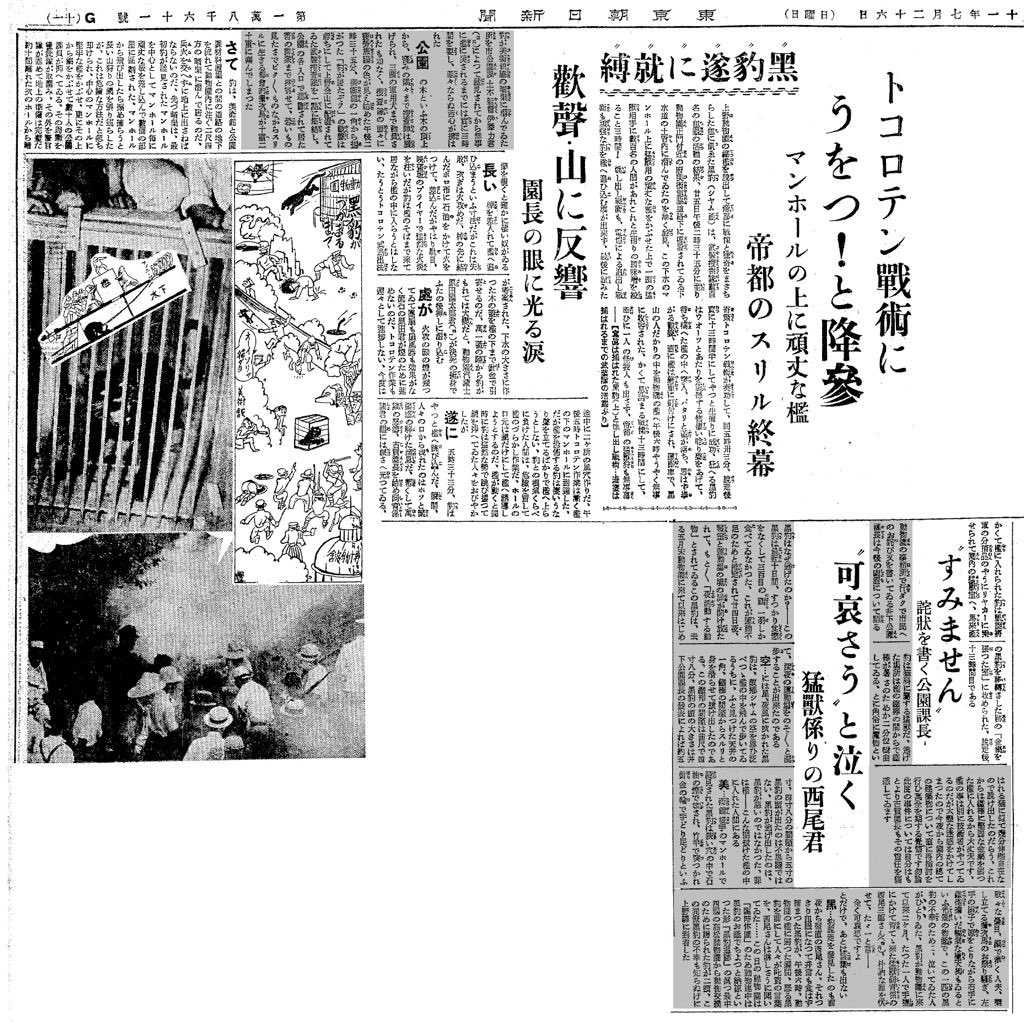
a headline reads “A Surrender After Tokoroten Strategy!”
advertisement


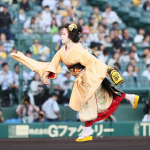

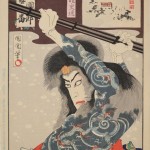


















February 19, 2023 at 2:17 pm
Thanks for informing us about the drill, its history — and of course, the noodle-related origin of the name of the style of capture. Can’t wait to read more of these types of esoteric cultural references, 100 of which belong in a book which forms a must-read for every non-Japanese and which is likely to become a perennial bestseller for anyone interested in Japan. Please be sure to include a page on the “gaijin seat on the train” which while racist is also rather humorous. And perhaps a page on how the costumes worn by kabuki actors are cleaned. And the town whose claim to fame is zero waste!